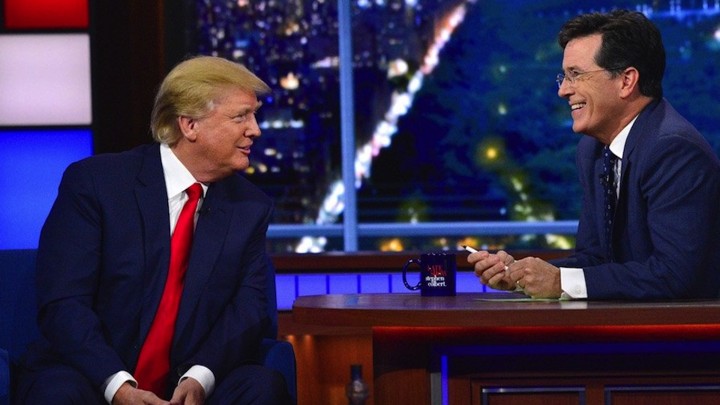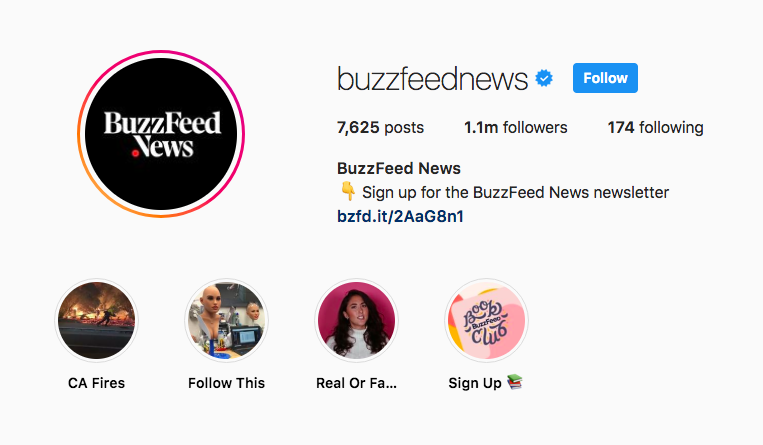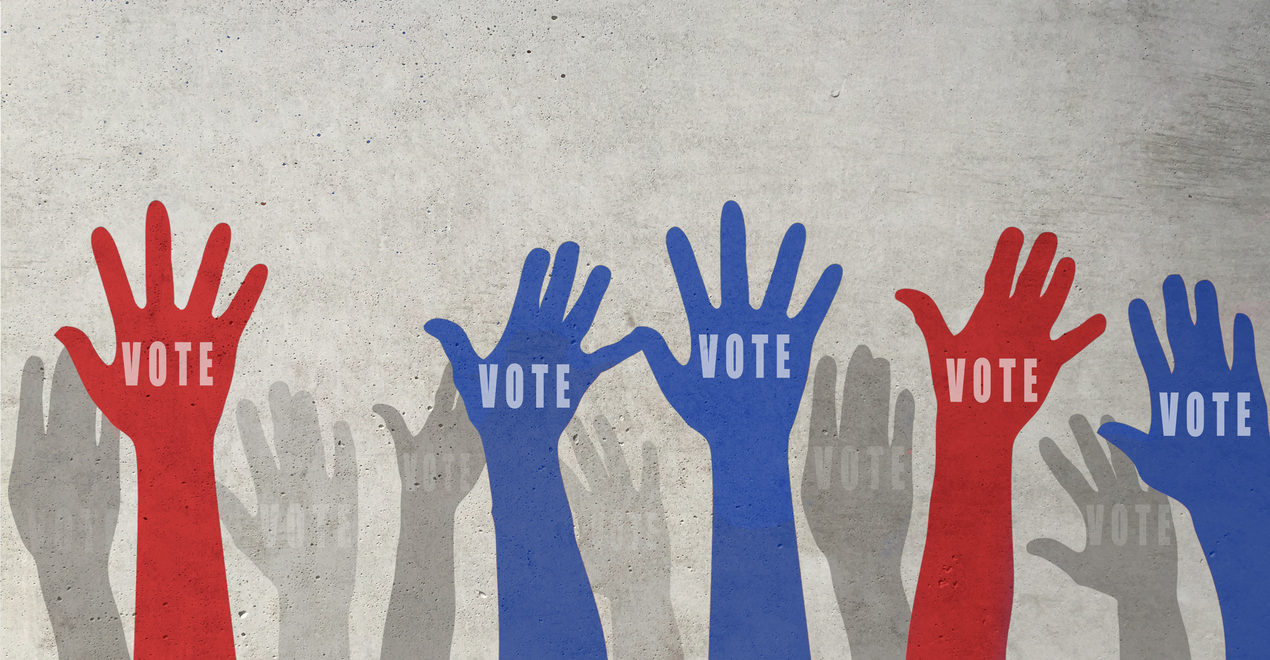In a democracy that consists of 325 million people, each individual voter feels lost and unimportant in the grand scheme. However, that one voter– that less than 1 percent– is the defining factor of this country’s climate. Although lack of “voter importance” may not be the single explanation as to why younger generations are the least likely to vote, the feeling of being insignificant makes voters question the purpose of voting.
In the recent 2016 presidential election, only about 45% of the millennial generation voted, making it the first and youngest generation with the smallest voting percentage and, unfortunately, these statistics continue to fall. As mentioned before, countless elections in the United States have been determined by only 1 percent of the voting population.
There are many instances of when the votes cast by an “insignificant” portion of a population was the determining factor in who is brought into
More importantly, if a single person feels their vote is insignificant, this feeling of “what’s the point?” is severely contagious and spread to the people around that individual. Thus, an interconnected domino chain will occur and a vast number of audiences will be affected. A single person and his/her belief that their opinion is not important could lead to millions becoming apathetic and not turning out at the polls. To prevent this kind of indifference in American politics, people need to persuade, if possible, everyone they know to vote. Even more, people need to vote to set an example and influence others’ opinions and thoughts about voting, a privilege that this country is fortunate to have.
For more information, click the video below:
In order to vote, it is most important that US citizens are constantly informed of the affairs of their country; however, news that is being consumed or reported through articles and television can often be presented in a way that causes a large demographic to be disinterested. To be honest, millennials and generations X and Z do not want to spend their time being lectured and they are not able to relate to current events because, more often than not, the issues being discussed in the news are not prevalent in their personal lives.
Luckily, there are reliable news sources that keep audiences updated on issues both domestic and international. Here is a list of 5 of the most popular, informative news sources that younger generations can go to for necessary news topics:
1.The Daily Show with Trevor Noah

The Daily Show with Trevor Noah at Comedy Central delivers information on current issues and are one of the most popular mainstream media television shows that
2.The Late Night Show with Stephen Colbert

Although all the late night shows including shows featuring Jimmy Fallon, Seth Myers, James Corden, and more have monologues in each episode dedicated to informing the audience of American politics, the Late Night Show with Stephen Colbert is the only late night show that truly goes in-depth and offers real journalistic proof, evidence, and reports on American politics. Colbert’s are as informational as they are comedic and there are constant updates on current issues. The show is able to capture the audience’s attention and make them care about what goes on in the world.
3.BuzzFeed News Instagram

According to Entrepreneur, people spend about nine hours on social media every day on average and BuzzFeed News is taking advantage of this statistic by delivering news in a way that people will want to learn. Their feed consists of short but attention-grabbing headlines, a photo or video, and a short caption underneath. In this time period of efficiency and with an ever-growing population of consumers, these few sentences and a summarizing visual is all that is needed to get the point across. This way the reader can choose what interests them most and read into it by going to the BuzzFeed News newsletter.
4.The Daily Podcast by The New York Times on Spotify

The Daily— a podcast by The New York Times– is convenient and efficient in that it can be listened to whenever, wherever, whether that is during a daily commute, at school, or at work. As the name suggests, this is a daily podcast that lasts for 20 minutes and consists of the most heated debate or issue of the day or week. Without it being too lengthy, the listener feels that they are apart of a conversation and receives unbiased reports which give the listener freedom to form their own opinions.
5.NPR’s Up First

NPR’s Up First talks about both political and pop culture topics that interest audiences of all ages. The environment of the podcast is easygoing and conversational, putting the listener at comfort and allowing them to be open to the issue. Each episode is only 10 minutes and within those 10 minutes, at least 2 to 3 topics are discussed. Podcasts like Up First are paving the way for journalism and news.
All in all, there are many different ways to consume the day’s or week’s top headlines, and news outlets are making smarter, more streamlined outlets to deliver the news for the increasingly fast-paced lives of Americans.
Credits:
Featured Image: https://www.lawmbg.com/2017/09/the-history-of-the-voting-rights-act-in-the-seventh-circuit/
